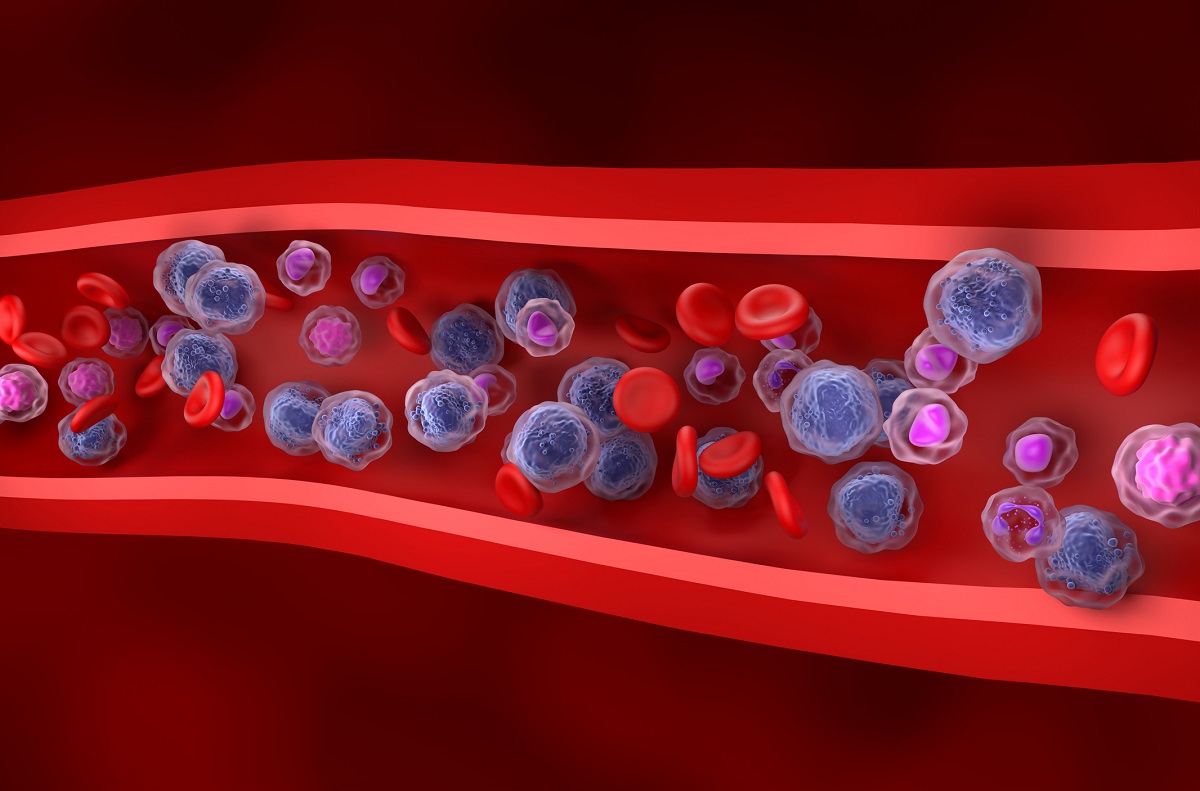KEY TAKEAWAYS
- The study aimed to explore clinical features and promising treatment strategies for the rare coexistence of MM and AML.
- The results showed that DNMT3A clonal hematopoiesis drives the coexistence of multiple myeloma and AML.
Multiple myeloma (MM) and acute myeloid leukemia (AML) are distinct hematologic malignancies arising from different cell lineages. Their coexistence is extremely rare, and effective treatment approaches are even less common. Thus, investigating the clinical features of their coexistence and potential treatment strategies is essential.
Yu Chen and the team aimed to investigate the clinical features of the rare coexistence of MM and AML and to explore promising treatment strategies for this unique clinical scenario.
The study described 3 cases of coexistence between multiple myeloma and DNMT3A-mutant acute myeloid leukemia. They presented 2 cases with simultaneous occurrences, while the last case developed secondary AML approximately 70 months after the diagnosis of MM.
All cases exhibited DNMT3A mutations, characterized by 1 missense mutation and 2 frameshift mutations, all likely resulting in loss of function. About 2 patients received Venetoclax-based regimens and achieved favorable outcomes. Their survival durations were 62, 38, and 103 months, respectively.
The study concluded that clonal hematopoiesis of DNMT3A may play a crucial role in the coexistence of MM and AML, with Venetoclax-based regimens demonstrating favorable treatment responses. However, drug resistance must be considered, and further research is needed to elucidate the underlying mechanisms and develop effective treatment strategies.
No funding information was given.
Source: https://pubmed.ncbi.nlm.nih.gov/39293839/
Chen Y, Zhang FH, Zhou M, et al. (2024). “Effective Treatment with Venetoclax and Hypomethylating Agents for the Coexistence of Multiple Myeloma and Acute Myeloid Leukemia: A Case Report and Literature Review.” Ann Clin Lab Sci. 2024;54(4):553-557.



